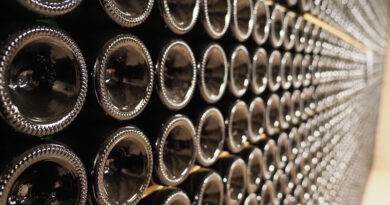Wine and Asian food: a masterclass with Richard Hemming of 67 Pall Mall
Jamie Goode attends a seminar in Macao where Richard Hemming presents his book looking at matching wine with Asian food, including a tasting of some of the wines featured in the book.
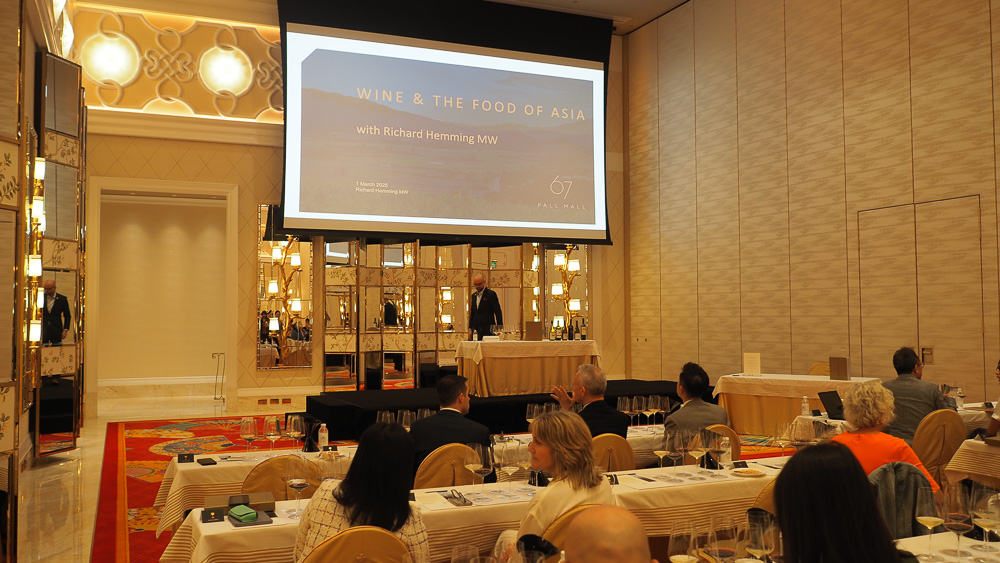
Richard Hemming tells us that he’s now been in the wine industry for 24 years and has been writing for Jancis Robinson for 17 years. For the last few years has has been living in Singapore and working for wine-focused member’s club 67 Pall Mall, who now have bases in London (the original), Singapore, Vebier, Hong Kong and soon will be opening in Melbourne, Bordeaux and Beaune. They now have 10 000 members globally, and each outpost serves a remarkable 1000 wines by the glass, served by Coravin in Zalto glasses.
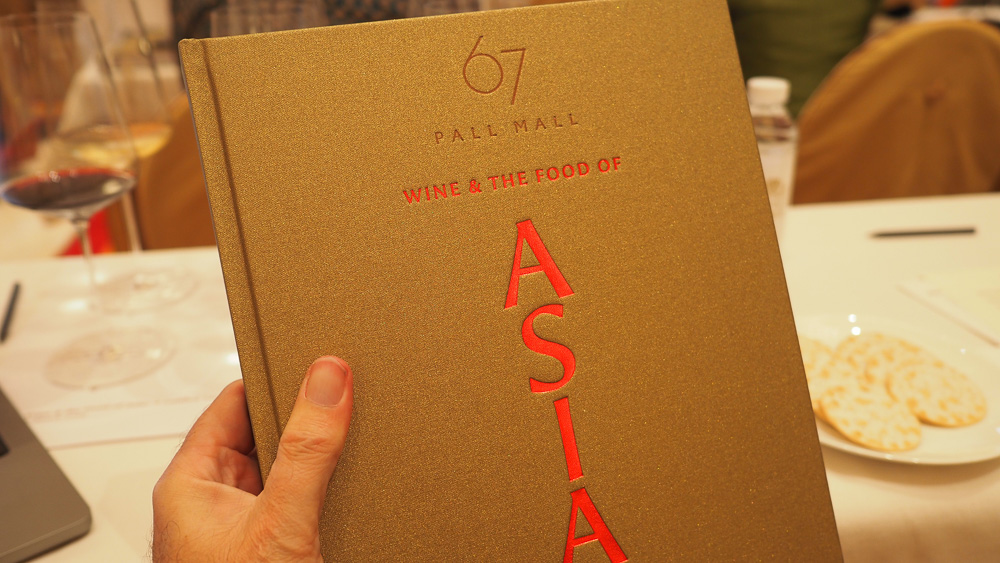
Richard has just written a book, in conjunction with 67 Pall Mall, titled Wine and the Food of Asia. It’s a book based on lots of practical research. ‘I wanted to write a book where I had personally figured out why some of these flavours go together,’ he says.
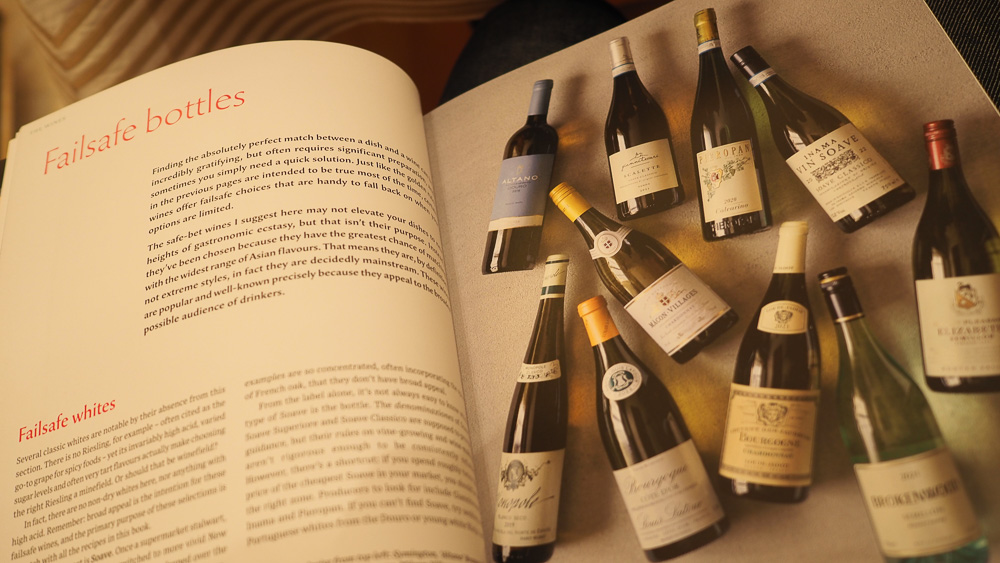
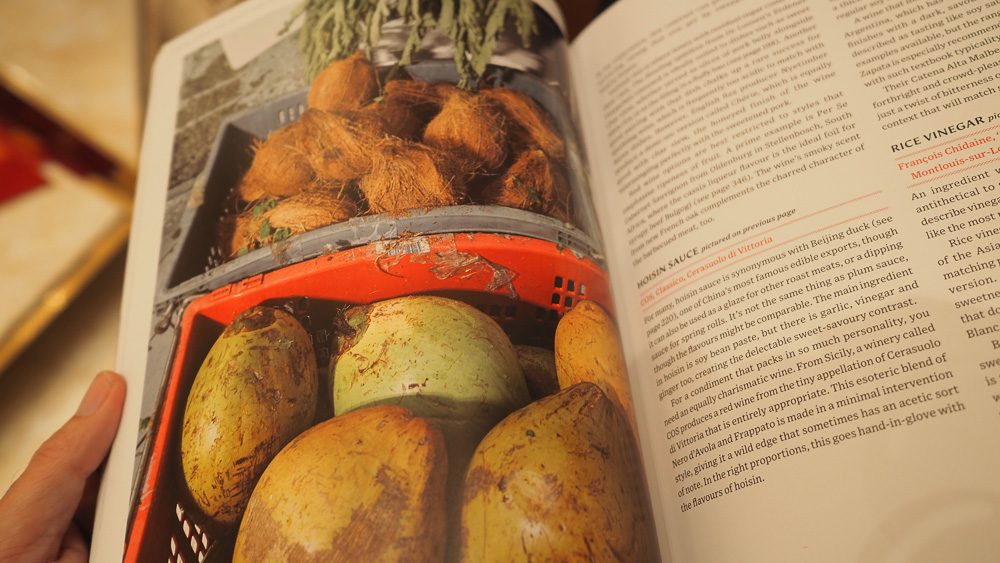

It’s in three sections. The first part explores the principles of matching food from Asia with wine, looking at wine by genre. The second section, called the spice route, takes individual spices and tries to work out what these mean for matching with wine. Then there’s the section on food, devoted to recipes. These are versions of classic dishes that the chefs at the club in Singapore have worked out themselves. This food section includes both the recipes and suggested specific individual matches. ‘We have tried all of these personally,’ says Richard. 408 wines are mentioned by name, covering 78 varieties from 20 countries.
Overall, there are 80 recipes from 13 countries, ranging from China to Korea to Japan to India. ‘We use the word ‘Asia’ very humbly,’ says Richard. ‘I’m also conscious that I’m a white European man in Asia.’ He says this book is about explaining what works for him.
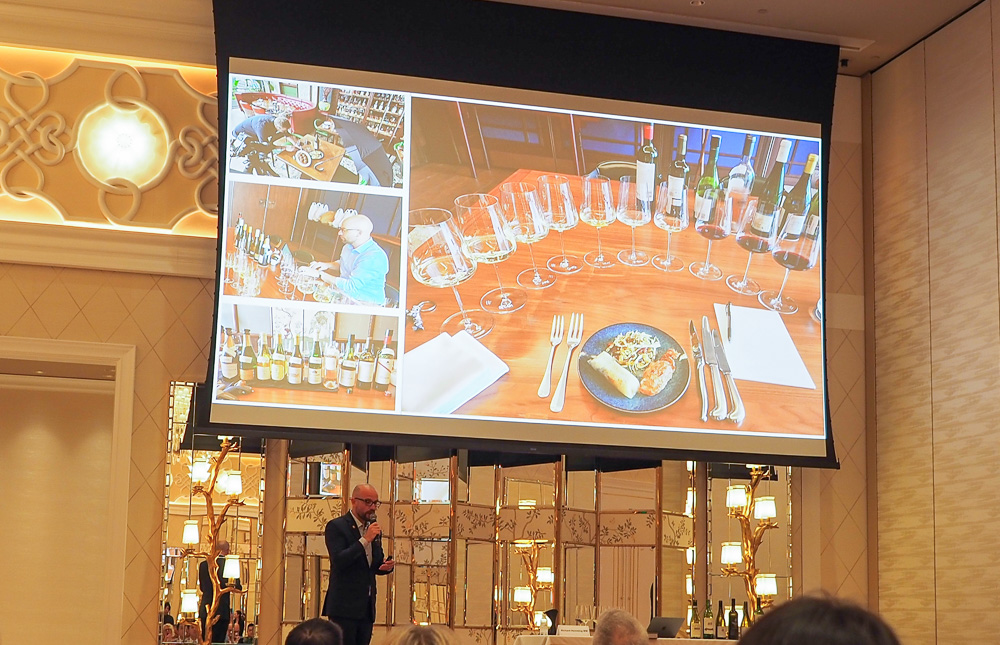
He spent two years on this book including 12 months figuring out the matches, with food in front of him and a range of wines. ‘I started with 10 of the most disparate wines I could find,’ he says. The idea was to cover the flavour space and then see what classic Asian dishes worked with what. This first stage was done at the club.
They started with takeaway food, because these are often the best authority on what a classic dish should be. He did this every lunch time for two months, and made a spreadsheet with the matrix of matches. ‘This started building up my understanding of how flavours went together.’

The next stage was doing this at home, and this led to the final selection in the book.
Interestingly, Riesling is not a good match with Asian food. ‘Often, it’s not a good choice,’ he says. The problem is the high acidity. Spiciness clashes with acid, he says. Sweetness can be an asset but sweet wines almost always have high acid.
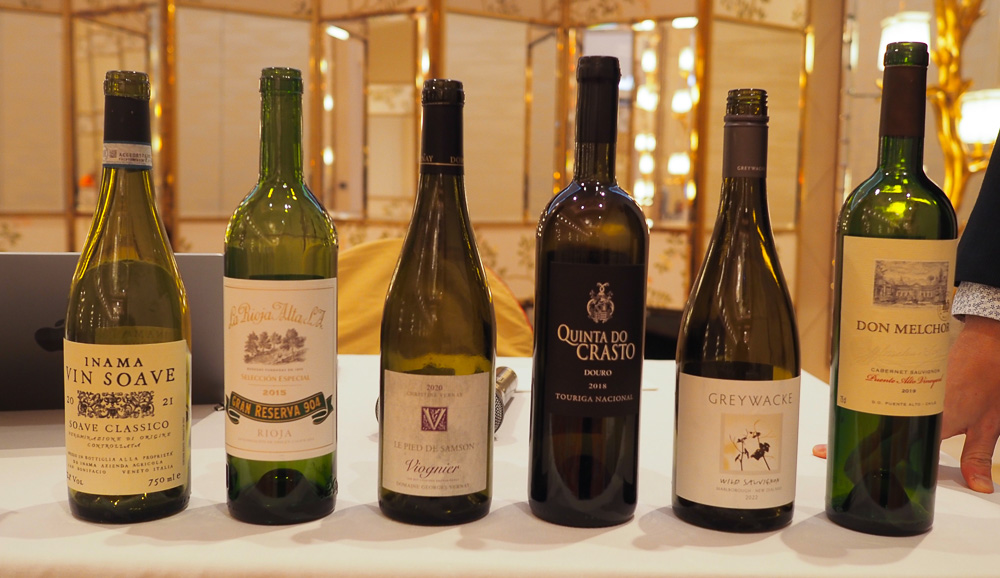
These are all wines that featured in the book.
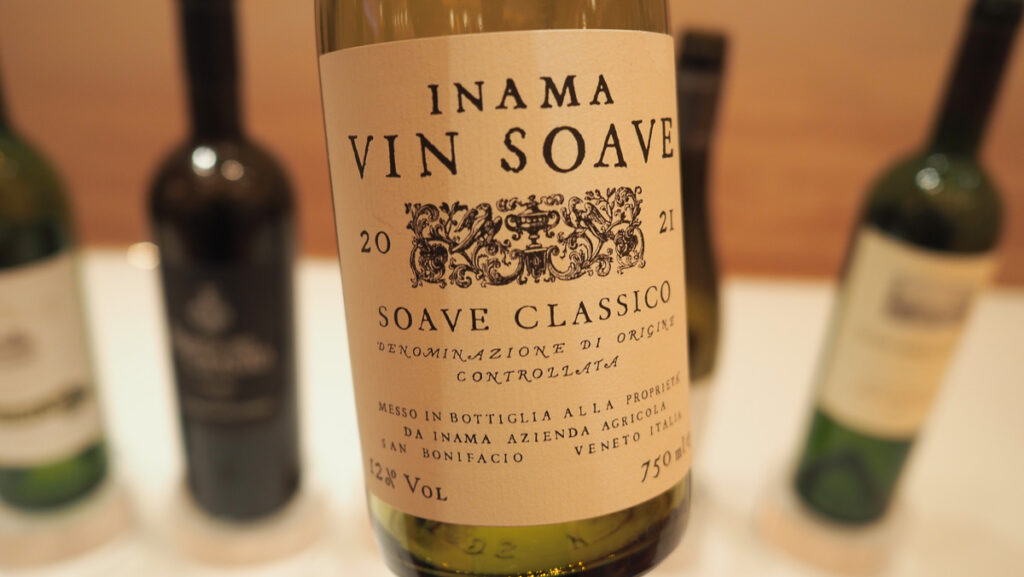
Inama Soave Classico 2021 Italy
This is textured and generous with sweet pear and peach fruit with a touch of citrus brightness. There’s some melony richness here, and a touch of almond. This has such lovely texture and generosity, but it’s well balanced. A useful all-purpose white showing enough flavour to match well with a wide range of food without clashing too much. ‘It’s a wine you can rely on every time,’ says Richard. This appears in the failsafe bottles section along with a Bourgogne Blanc and a Douro Branco. It’s neutral-ish and it’s unoaked, and this helps it match well. It also has low acidity which helps in matching with Asian food. 92/100

La Rioja Alta 904 Gran Reserva 2015 Rioja, Spain
Lovely refined nose of coconut, vanilla and cherry fruit, as well as some strawberry. The palate is mellow and spicy. The traditional Riojas like this work really well, whereas modern ones don’t. Cotes du Rhone wines seem to work really well, too, as do Pinot Noirs. Tannin makes reds difficult to match with Asian food, so he opts for low tannin wines, and the Pinots he selected were ripe fruited as well as being low in tannin. This has lovely spicy complexity with nice soft structure and a mellow maturity. Just a little tannic bite on the finish. So soft tannins, not too high in acid – these are the guidelines for failsafe reds. They need enough flavour, but they shouldn’t be too distinctive. 94/100
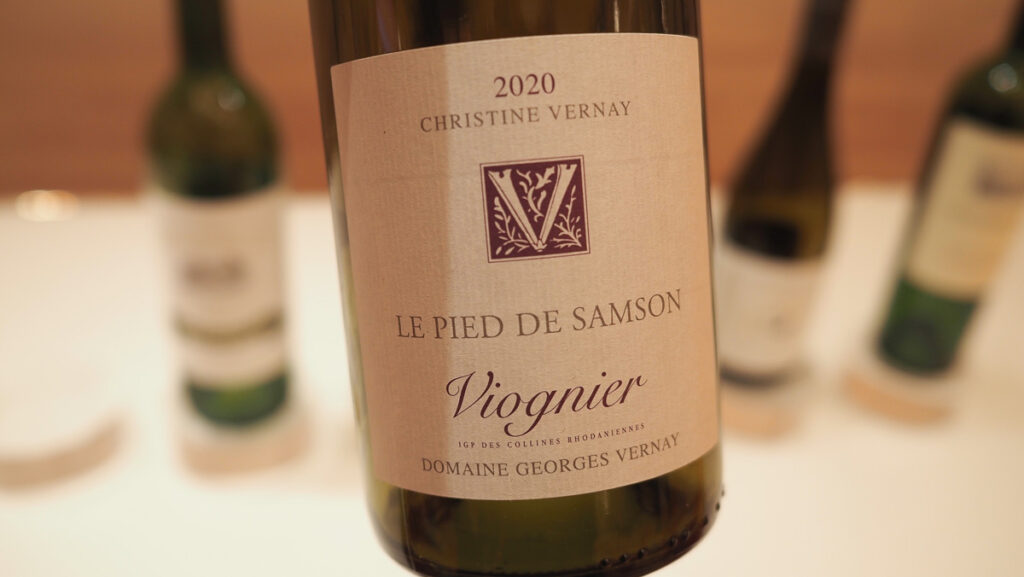
George Vernay Le Pied de Samson Blanc 2020 IGP Collines Rhodaniennes, France
This is Viognier from the northern Rhône. It’s textural and varietally true with lovely peach and apricot fruit, showing soft texture on the mid palate and with lovely grainy detail on the finish. It’s soft but not soapy with beautiful opulent orchard fruit. Low acidity helps make this a good match. Rich whites is the category Richard includes this in, along with Roussanne, Marsanne and Pinot Gris. They give the impression of sweetness without any residual sugar. The ripe sweet flavours are useful because there is a lot of sweetness in some Asian cuisines. Roast duck with a sweet glaze would work well with Viognier. 94/100
Quinta do Crasto Touriga Nacional 2018 Douro, Portugal
This is bold and sweetly fruited, but there’s still a sense of freshness. Floral cherries with some bright blackberry and spice notes. Has a bit of tannin but the main theme is sweet, dense fruit, some alcoholic warmth, and then some bolstering with oak. This is in the full bodied reds category under the black fruited section. Overall, while this is very rich it’s also nicely balanced in this ripe new-world style. These wines can be paired with powerfully spiced food, but not necessarily with lots of chile. Thai red curry with sweet creamy coconut milk works well, and the coconut echoes the oak a bit. Keralan fish curry is another good match. 93/100
Greywacke Wild Sauvignon Blanc 2022 Marlborough, New Zealand
Pungently aromatic with a slight green edge to the ripe pear and citrus fruit, with a hint of fig and almond. The palate is nicely bold with textured fruit and some interesting spicy detail, as well as more of the fig character with nice intensity and depth. There’s a sweet, rich core to this wine with relatively low apparent acidity for a Marlborough Sauvignon, although I think that some of this is hidden by the dense, sweet fruit. This is from the recipe section where this wine was chosen to pair with a specific dish, in this case Kapitan chicken curry. 93/100
Dom Melchor 2019 Puente Alto, Chile
This is one of the most famous Chilean reds, based on Cabernet Sauvignon. This is ripe, concentrated and bold with sweet blackcurrant fruit and some nice freshness. This was chosen to go with Bulgogi, marinated beef strips stir fried in a wok quickly, with a slight smoky ‘breath of the wok’. This has some toasty oak which adds smokiness, as well as ripeness of fruit. ‘Ripeness of fruit was very important to me in making these selections,’ says Richard. Ripe fruit is a key for matching with Asian food. This is luxurious, with sleek fruit and supple tannins, as well as some oak. And this helps it match well with Asian flavours. Modern, ripe and quite delicious in this style. 94/100


